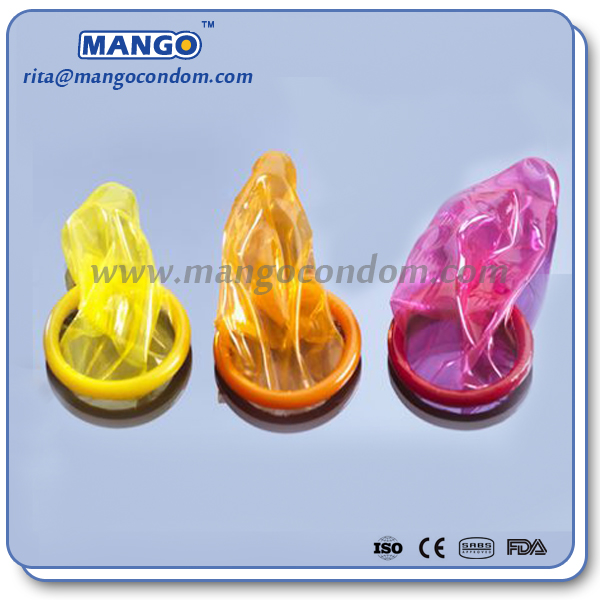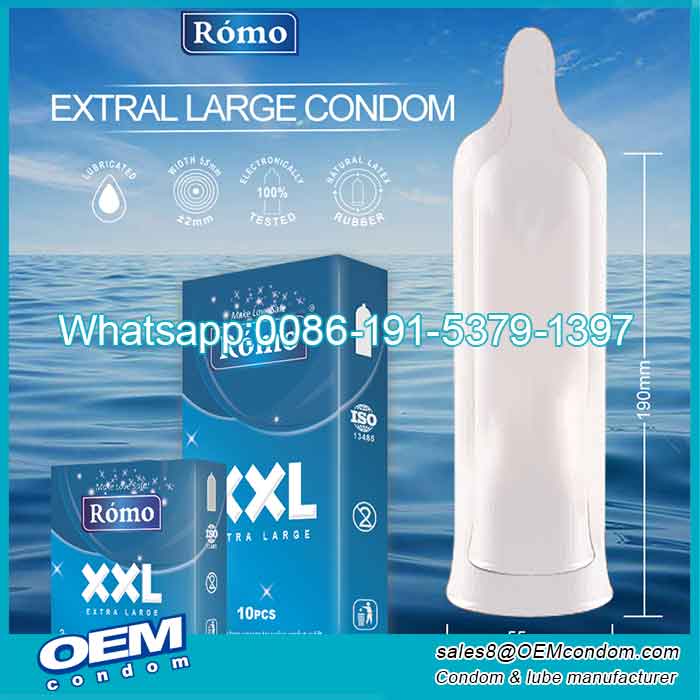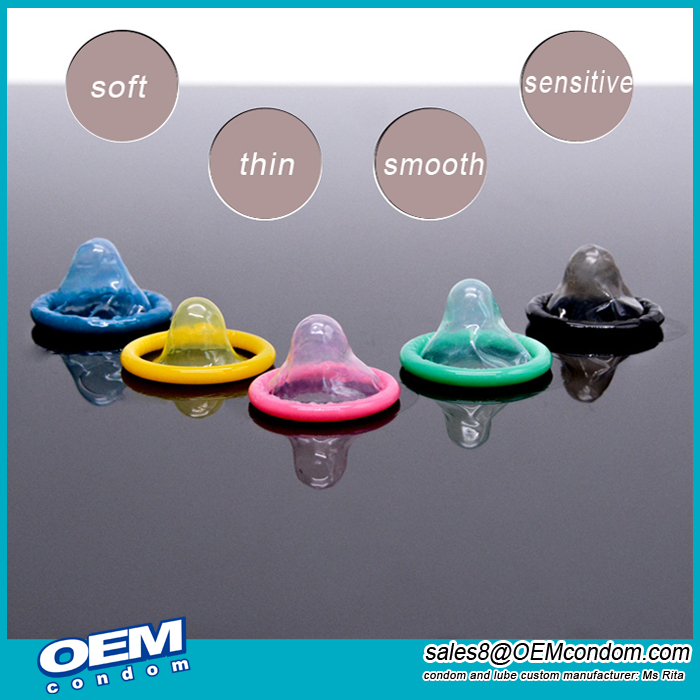How Effective are condoms?

Male condoms are made of latex, polyurethane, polyisoprene, or natural membrane. One of the things that factor into the effectiveness of condoms is that you are using the correct size condom. Condoms do not typically break or have holes and are one of the only birth control methods that are also effective at preventing sexually transmitted infections.
- Perfect use: male condoms are 98% effective.
- Typical use: male condoms are 82% effective.
- This means that out of every 100 women whose partners use condoms for one year, 2 will become pregnant (with perfect use) and 18 will become pregnant (with typical use).
A female condom is sort of like a pre-lubricated pouch and is made from polyurethane or synthetic latex. Like male condoms, female condoms can also offer you protection from sexually transmitted infections. To make sure that it is most effective, you may want to practice inserting the female condom a couple of times before having sex. Use a new female condom for each act of sexual intercourse and never use a female condom with a male condom.
- Perfect use: female condoms are 95% effective.
- Typical use: female condoms are 79% effective.
- This means that out of every 100 women who use female condoms for one year, 5 will become pregnant (with perfect use) and 21 will become pregnant (with typical use).






